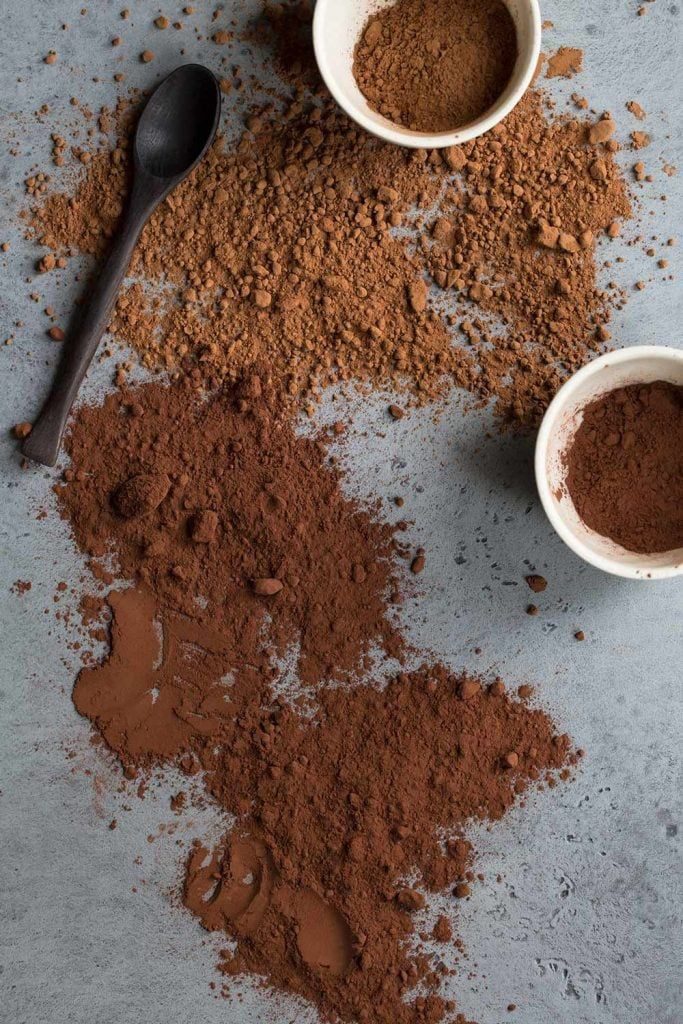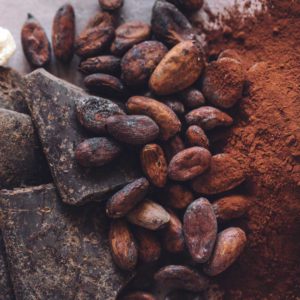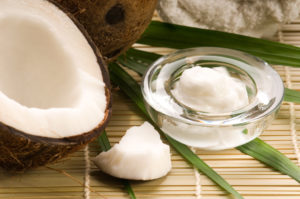In the Netherlands, more than 500,000 tons of cocoa powder are processed annually, which is about a third of the world’s supply. And this powder undergoes the so-called Holland cocoa processing or the alkalizing process.
Cocoa powder, Holland or natural, consists of one ingredient: cocoa. The difference is that Holland cocoa has an additional stage in the production process.
Ordinary cocoa powder is made from cocoa beans. These beans are fermented, roasted, separated from the skin, and then ground into a paste known as chocolate liquor. It’s about 50/50 cocoa butter (fat) and cocoa solids. At this stage, it is formed into monoliths or slabs and sold as unsweetened chocolate (grated cocoa beans). To make cocoa powder, the resulting mixture is pressed to remove about 75% of the fat and then ground to actually obtaining cocoa powder.
Holland cocoa powder has an extra step ahead the way peeled beans are ground into liquor. They are soaked in an alkaline solution potassium carbonate.
As we have done before it was said that Holland cocoa was created by 19th century Koenraad Johannes van Houghton, which invented a method of using a hydraulic press to degrease chocolate liquor Removing most of the fat prevented a layer of fat floating on the surface of the hot chocolate, however, it also made the drink much stiffer, more sour and made it lighter color.
Van Houten’s idea was to counteract the natural acidity of cocoa (pH 5.4) by soaking it in an alkaline solution (potash). For a long time, potash was obtained from plant ash, which was leached with water and the resulting solution was evaporated. Application of potash in the processing of cocoa beans neutralized the acids in the cocoa, raising the pH to neutral (7) or higher, depending on the duration of soaking. A higher pH also has an added advantage – the higher it is, the darker the cocoa becomes.
It can be concluded that the softening of cocoa undesirable for taste. However, this is not the case. It turns out that the nature of natural is very acidic cocoa can actually mask many of the chocolate’s natural flavors. Chocolate is very similar to wine and has hundreds of flavors that make up its taste profile. These include sour, bitter, astringent, fruity, fig, nutty, floral, smoky and many others. The Holland processing method is targeted only for bitter, astringent, sour and fruity shades, allowing to demonstrate the real taste of chocolate.
There is some misinformation among bakers that cocoa pH can affect baking. Many recipes actually strictly suggest either Holland or natural cocoa. This would make sense since leavening is a kind of action involving both acids and bases. However, it has been experimentally proven that this does not actually happen, and pastries made with both Holland and natural cocoa powder did not show differences in fluffiness.

The key feature of Holland cocoa powder is a dark color and a thick rich chocolate aroma
By the way, at the beginning In the 2000s, “blind” taste tests were conducted on various types of cocoa powder and products from it. The results showed that in any “blind” taste test Holland cocoa is recognized as the best compared to natural cocoa, including puddings, shortbread cookies and hot chocolate (which was masked by a dry top so reviewers couldn’t see the color of the drink).
Well, where to buy delicious cocoa from the Netherlands, you know. Usually, after our cocoa, you are unlikely to go back to what you bought before. We know for ourselves.









